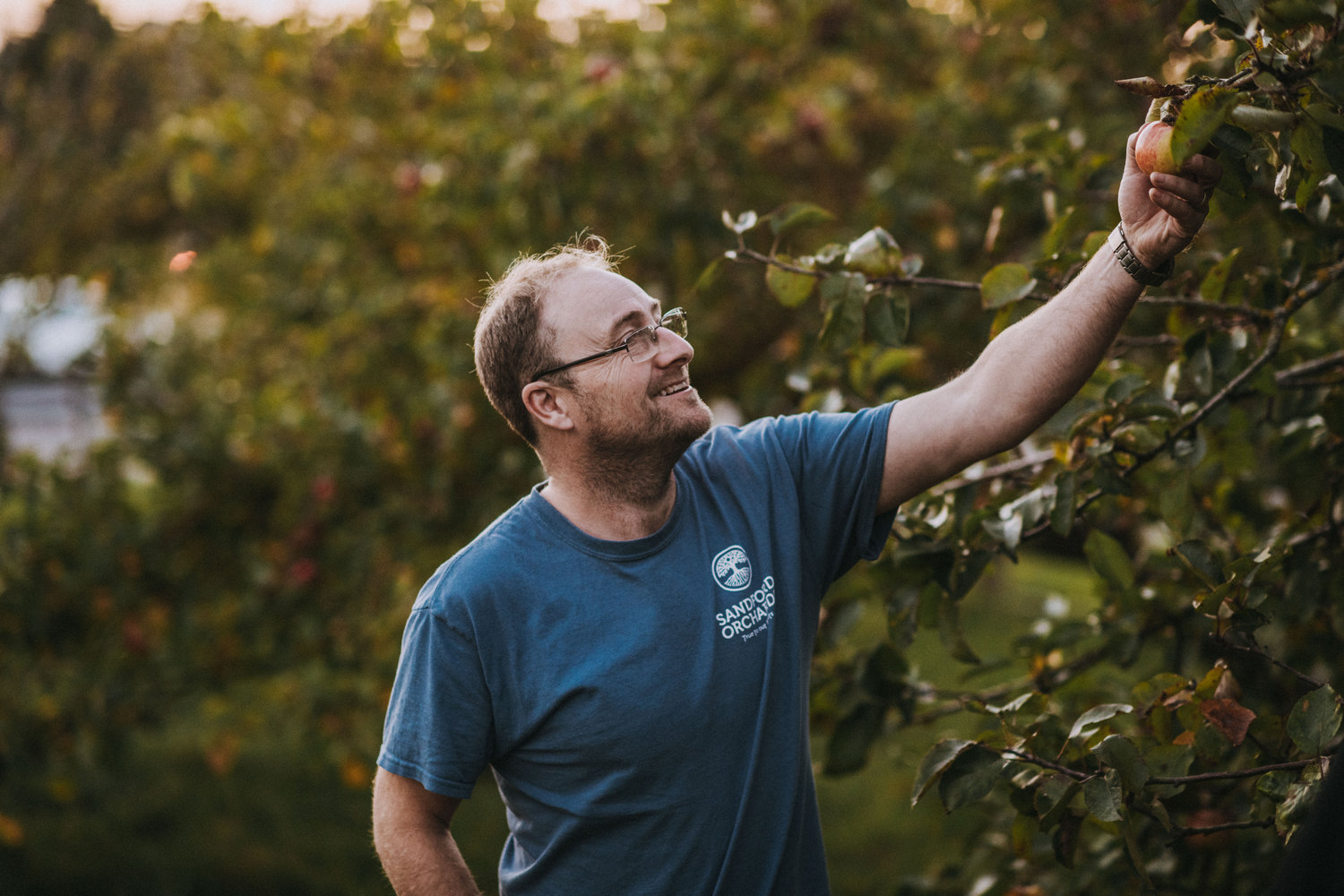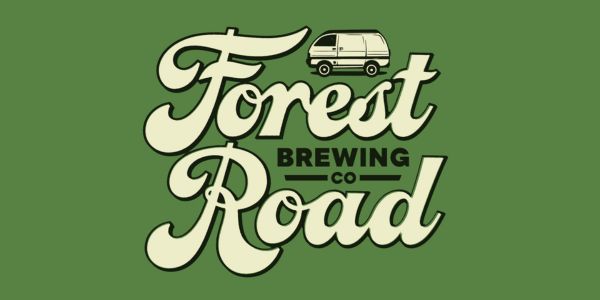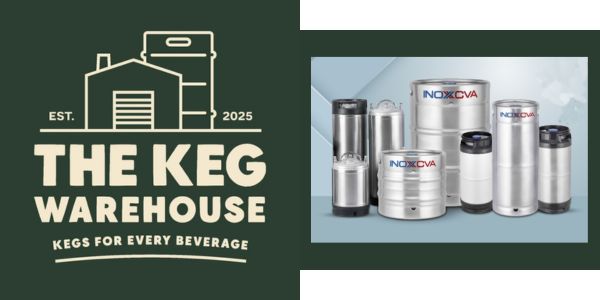Drinking good quality cider is a more sustainable option than many other alcoholic and non-alcoholic beverages on the market, according to Sandford Orchards’ head cider maker Barny Butterfield.

Barny Butterfield
Sandford Orchards’ natural, low-impact approach to producing cider is good for soil health and wildlife diversity, says Barny. It also has a short supply chain and uses a lot less energy and water than many of its counterparts.
“Starting from the ground up, our apples grow in local orchards, many of which contain diverse and often historic apple trees. Once planted, the soil in these orchards remains untouched, often for centuries, allowing the natural drawdown of carbon into the earth.
“Undisturbed soils are better for natural fungi, small and large invertebrates, burrowing insects, small mammals, and all the greater food web that relies on them. Healthy soils are the superpower at the heart of any thriving ecosystem.”
He added: “The apple trees are fantastic carbon sinks, too. The deep roots, the trunk, and branches all lock in carbon, as do the leaves and unharvested fruit. They are also an amazing food source for a huge range of creatures.
“During blossom time, a 20-acre orchard serves up 900kg of nectar and 3.5 tons of pollen, and the apples, both on the tree and later on the ground, all provide a hugely welcome larder for insects, birds, bats, hedgehogs, mice, voles, owls, foxes, badgers, and more.”
In addition, Sandford Orchards has put a number of elements in place to reduce its energy consumption and use renewable sources, where possible. Barny added: “We like to keep our supply chain short and to recycle any waste. Our furthest orchard is only 20 miles away and our by-products of pressing and fermentation are both sent locally to be bio-converted into natural green gas, and to re-capture CO2. This CO2 is then returned to the ciderworks to carbonate our ciders.
“We use locally coppiced regenerating woodlands for fuel for heating water and have installed solar panels which produce 25% of our required electricity. We have switched to electrical forklifts, and currently two of our company cars are EV, with a plan in place to have all our company vehicles charged by renewable power.
“We use the clever architecture of the building to keep the premises at a constant temperature and also maximise the use of natural lighting, plus we move the apples into the mill using rainwater harvested from our roofs. In areas where we require temperature control, we have retro-fitted full insulation and rapid closing doors, hugely reducing the energy required to keep an even temperature.”
Minimal heat is used to produce the cider.Filtration and cold sterilisation are used. “Compared to other drinks that require massive heat inputs to boil ingredients, the energy we need to use to make our cider is tiny,” said Barny. “It is all about fabulous apples, grown in wildlife-rich local orchards, with minimal other inputs. Our low-impact approach to cider-making means you can enjoy a pint in the knowledge that you’ve made a sustainable choice.”










